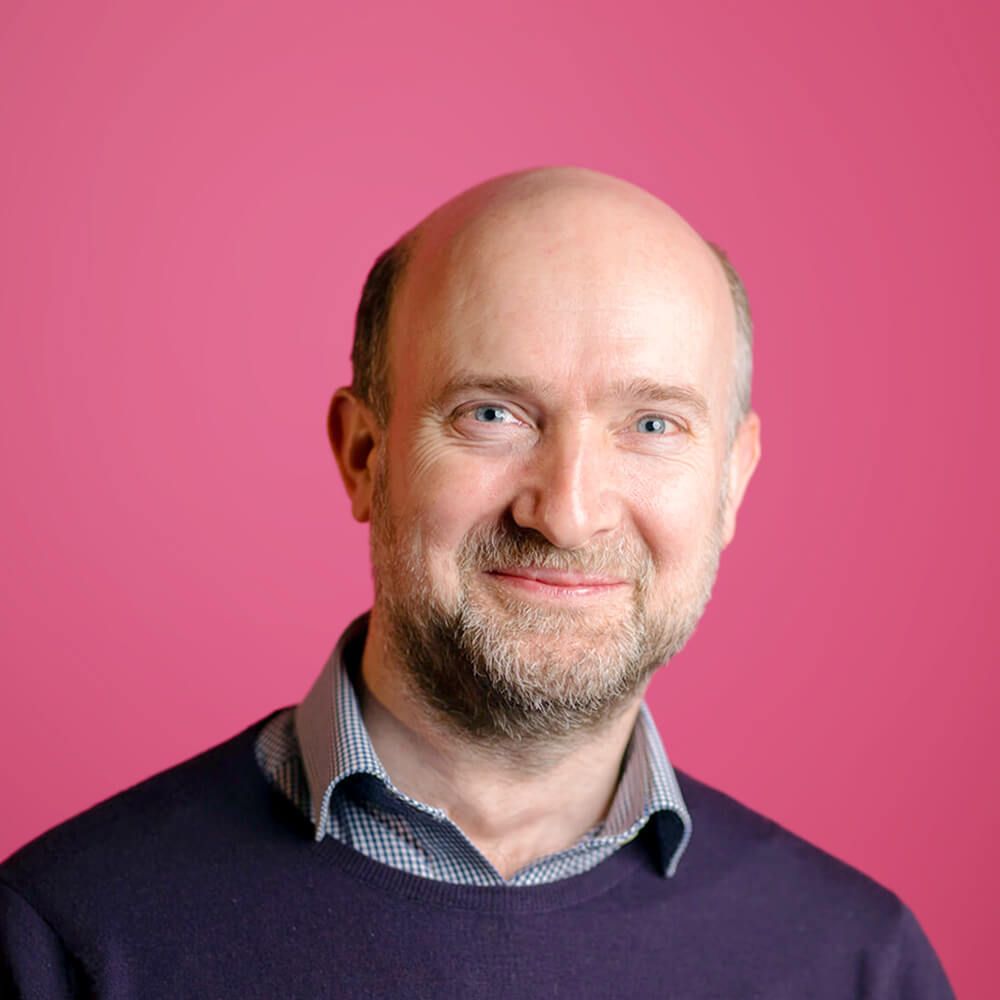Doing our bit, now and in the future
Community
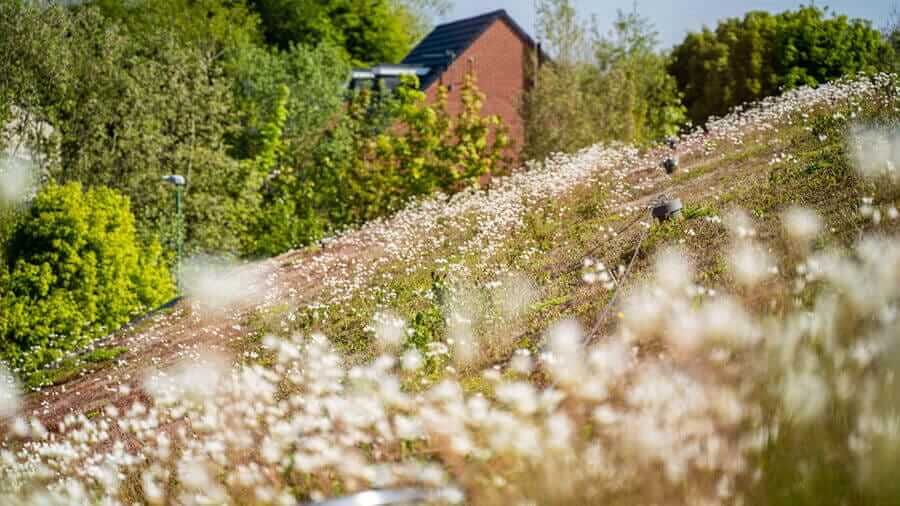
In recent months the impact of human action on our climate and the wealth of species and ecosystems on our planet have been highlighted in a series of reports, TV programmes and (occasionally) political commitments. The impact that we each and collectively make upon this rare watery planet has been a concern for generations, but with a few exceptions either we have chosen not to heed it or have simply not been well enough equipped to listen very well. Times appear to be changing, and there are no excuses for not finding better ways of working and living so that we use resources more sparingly, take more care about what we buy and invest in the future.
Atom’s physical footprint is limited to a few square feet in London and about 30,000 sq feet over two floors in Durham. We share Rivergreen - our Durham HQ building - with a number of tenants including those in our Atom Incubator, but we have responsibility for the running of the building and the maintenance of the surrounding land. We’ve spoken about the vision that went into the design and build of Rivergreen before, but it bears a little more attention. The building has a complex green roof with a variety of species of Sedum planted on different aspects to benefit from the varying amounts of sunshine and shade (even Up North we do get a bit of sun, sometimes). At this time of year the roof is an abundance of flower and alive with pollinating insects and the bugs and birds that feed on them.
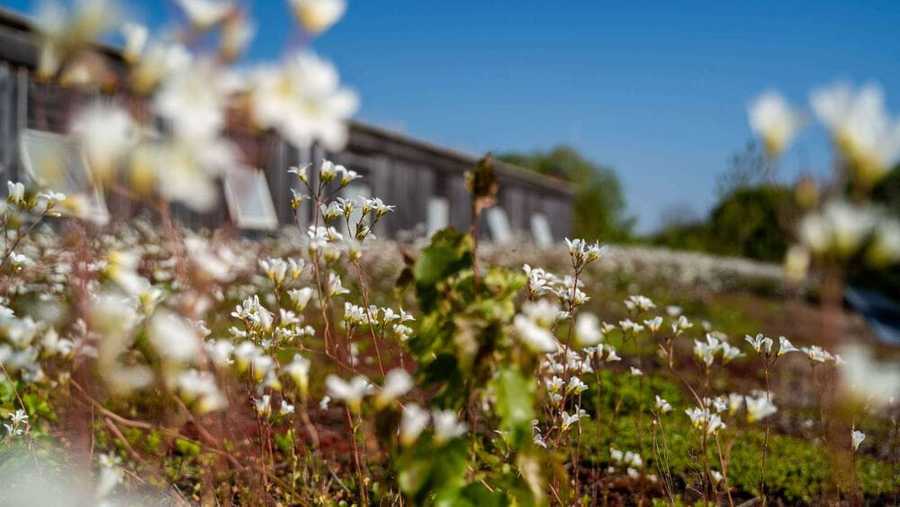
Rain falling on to the green roof is slowed on its journey to the drains, and a significant proportion of the water that does make it to the downpipes is intercepted and stored in tanks under our car park. This water is then used in our grey water systems – toilet flushing in particular – to reduce our use of mains water with all the associated costs and impacts of reservoir storage, cleaning and pumping that sit behind the ability to turn on the tap at will. Other water coming off the roof feeds bog gardens which are home to flag iris, purple loosestrife and, in one quiet corner, marsh and spotted orchids. We are also delighted to have great crested newts on site.
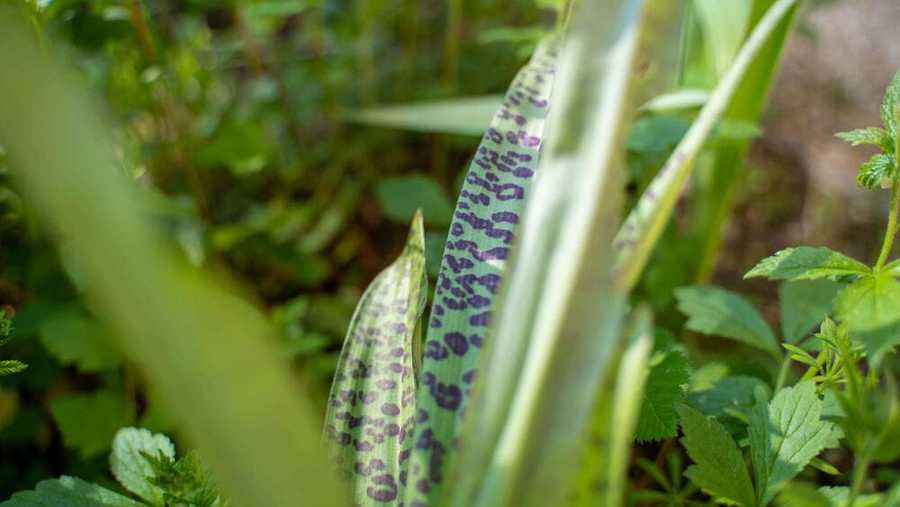
The roof also houses an array of solar hot water panels, which warm water before it enters our heating and hot water system. This system is driven by two biofuel boilers that enable us to keep fossil fuel usage to a minimum. There are no perfect solutions for creating heat and power, but we do our bit to reduce the exploitation and release of fossil carbon. We do of course use electricity to drive our banking machine, power the electric car charging points and keep the café turning out meals for the team. However, because of the ingenious design of the building, we have only one isolated cooling system to run to keep our core data systems in the basement at the right temperature; no air conditioning required elsewhere. To reduce power use and to keep light pollution to a minimum, we have also taken the bulbs out of every other lamp in the car park following an investment to replace all the remaining bulbs with more efficient and better targeted LED lights in all our external and, as much as possible, internal lighting systems.
Further from the building and surrounding it on three sides is a belt of trees and small meadow areas. Last year these were supplemented with more wild flowers, a new understorey of native shrubs and a dozen bird and bat boxes. Coppicing of the hazels and removal of a few sycamores to make room for some native species created enough brash to weave a dead hedge through the trees on one side of the building which has created both a great nesting site and nursery for hedgehogs and several families of bunnies. Spotted fly catchers, black caps, gold, green and bull finches, nuthatches and all the other usual garden and woodland edge birds are regular visitors to the feeding stations and woodland canopy. On the fourth side of the building is the car park, where the design avoids contributing to storm run off to the main drains by keeping the use of tarmac to a minimum and we maintain planted boundaries between each block of parking spaces. Circling the front of the building are espaliered apple trees which provide fruit with zero food miles for the kitchen from August to October. These are underplanted with herbs and wild garlic with similar use in mind.
A couple of hundred metres back up the road that leads to Rivergreen is the Durham Trinity School and Sports College, where some super-human children aged 2-19 are given superb support with their special educational needs. We are delighted to have a strong relationship with the Trinity – two of our best are members of the school’s Board of Governors, and the children are regular visitors to our café. Back in March 2015, and by coincidence on the very same day when the FCA gave us permission to open up the bank to the public, a team from Atom spent an afternoon digging, planting and mulching a wide range of fruit trees and bushes to add berries, cherries, plums, apples and pears to the school’s orchard and garden. Our much loved and deeply missed Dr Tom was amongst the planting team that day. Today the fruit trees are a riot of blossom, their roots are well set and the orchard is in great health. Small contributions like this one sink not only carbon back into the soil but also speak of a longer term plan; the saying comes from the seventeenth century when varieties of fruit tree could take 25 years to start flowering, but for different reasons we should heed the call to plant pears for your heirs.
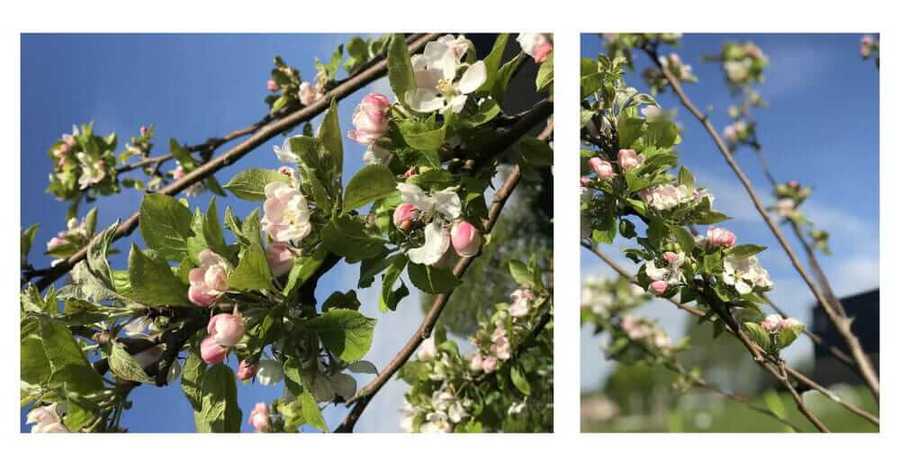
Back in the office environment and at home recycling is often the most prominent response to environmental concerns, and of course we have an efficient system for putting paper, card, plastics, metal and glass back into the resource cycle. However, it is far more impactful to reduce consumption in the first instance and then to invest wisely and treat the land and the building with sensitivity. These are all characteristics of Atom that we take through to the design principles and operation of the bank as well as to the values that we live to with our customers and each other. There is no other way forward for business and society, and the action that we all need to take is now overdue.
